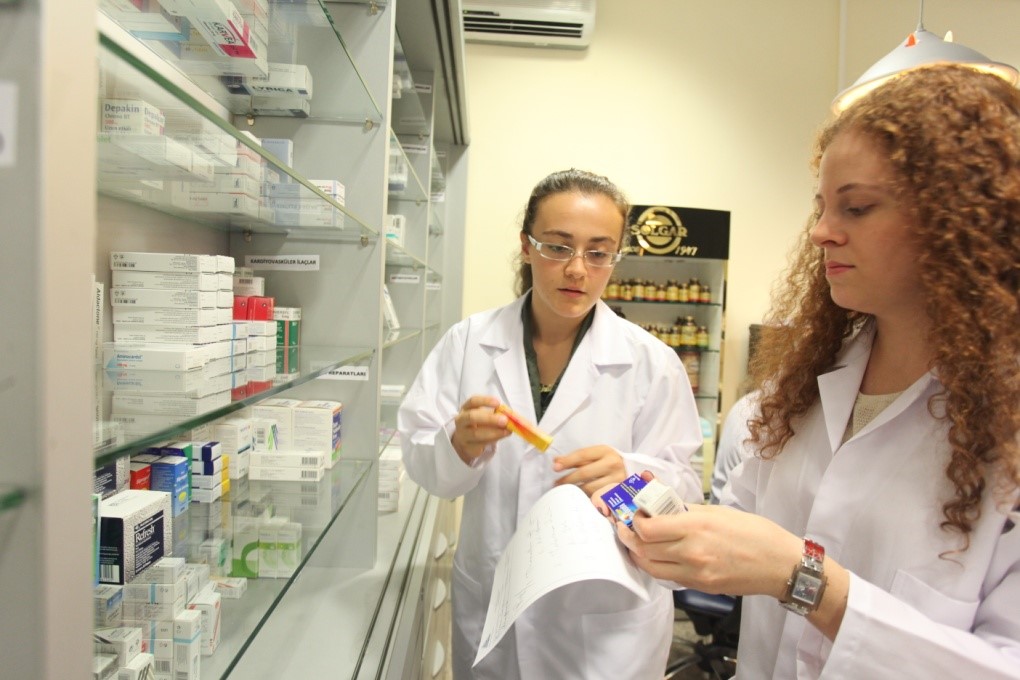
What is Physical Therapy?
The American Physical Treatment Association specifies physical treatment as "... a health profession whose primary function is the promo of ideal human health and function through the application of scientific principles to prevent, identify, assess, correct, or relieve severe or prolonged movement dysfunction".
Physical Therapy is an occupation whose main purpose is the restoration, maintenance, and promo of ideal health, function, and quality of life for people of all ages. The science of physical therapy involves the application of healing techniques, methods, and interventions that help fix up an individual to their maximum physical potential. The art of physical treatment is assisting people help themselves.
In laws and guidelines specifying practice, physical therapy is often specified as the care and services supplied by a physical therapist or a physical therapist assistant under the direction and guidance of a physiotherapist, and include:
Alleviating problems and practical limitation by designing, carrying out, and modifying therapeutic interventions;
Avoiding injury, disability, functional limitation and special needs; and Participating in consultation, education, and research study.
More info about the profession of physical therapy might be acquired by visiting the American Physical Therapy Association's web site at www.apta.org
Who are Physiotherapist Assistants?
Physiotherapist Assistants, or PTA's, are competent health care suppliers who deal with and under the direction and guidance of a physical therapist to provide physical treatment services. In order for a specific to practice as a PTA, they should graduate from a recognized PTA program and successfully pass a licensing/certification exam.
PTA's play an important role in providing physical treatment services for people with numerous impairments. When a patient looks for or is referred for physical treatment services, the physical therapist carries out an initial evaluation and lays out a plan of care. The PTA can then perform all or part of the treatment strategy as instructed by the physiotherapist.
The American Physical Treatment Association recognizes the PTA as the only person who helps the physiotherapist in the shipment of picked physical therapy interventions.
What does a Physiotherapist Assistant do?
The physiotherapist assistant (PTA) carries out physical treatment interventions and associated tasks under the direction and supervision of a physical therapist. Such duties may include training clients in therapeutic exercise and activities of daily living, using physical agents such as cold, heat, electrical energy, or water for discomfort relief and healing, instructing persons in using assistive gadgets for walking, taking part in wound care, promoting wellness and injury prevention, providing patient and family education, training patients in wheelchair activities, assisting the physical therapist in carrying out client evaluations and intricate interventions, and far more.
The PTA likewise keeps an eye on the client's response to treatment, carries out different tests and steps, files appropriate aspects of patient care, and keeps ongoing communication with the monitoring physical therapist, along with other health care specialists.
What is the difference in between a PT and a PTA?
The physical therapist (PT) and the physiotherapist assistant (PTA) differ in educational preparation and levels of obligations as it relates to the arrangement of physical therapy services.
Today, the frustrating majority of PT schools inform physical therapists at the Doctorate level, although lots of practicing therapists were educated when programs needed only patient care tech classes a Master's or Bachelor's degree. The PTA is informed at the Associate's degree level, which usually equates to 2 years of college.
The PTA has a working knowledge of the theory behind treatment interventions, understands pathological conditions being treated, and comprehends how to apply methods and techniques utilized to treat those conditions.
The PT has substantial education in evaluative skills, research study, and administration, as well as sophisticated coursework in human anatomy, neuroanatomy, orthopedics, pathology, and healing methods. Both the PT and the PTA need to graduate from recognized programs and pass a licensing examination in order to practice in their particular roles.
Consumers/patients might seek the services of the physiotherapist directly, or, the client might be referred to a physiotherapist by a physician. The PT performs the preliminary evaluation and examination of the patient. The examination will result in a physical treatment diagnosis, and as suitable, the PT will develop goals or results to be accomplished by a physical treatment plan of care and treatment plan.
The PTA can not carry out the initial assessment or evaluation; nevertheless, the PTA may assist the PT in gathering data. Following the examination of the patient, the PTA might carry out chosen interventions and information collection as directed by the supervising PT. The PTA should always work under the direction and guidance of a physical therapist. The collective relationship between the PT/PTA is highly reliable and valued, and the team significantly contributes to the success of the general rehab process.